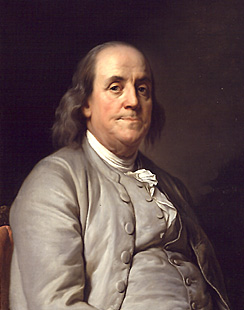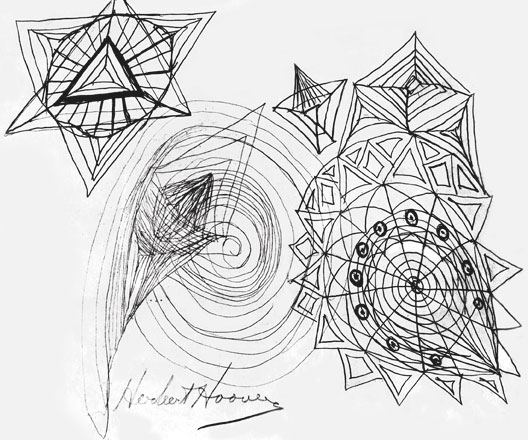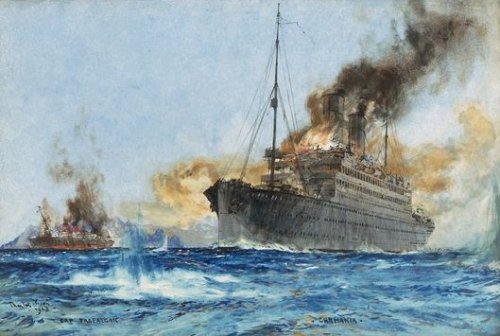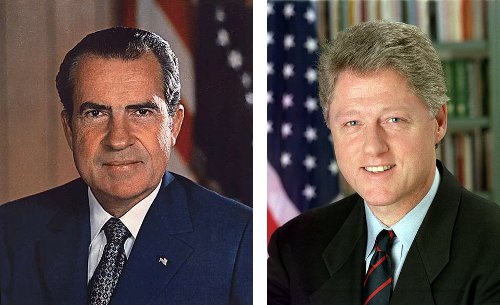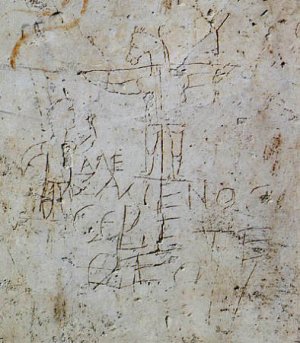When Hitler’s army marched into Copenhagen, Niels Bohr had to decide how to safeguard the Nobel medals of James Franck and Max von Laue, which they had entrusted to him. Sending gold out of the country was almost a capital offense, and the physicists’ names were engraved on the medals, making such an attempt doubly risky. Burying the medals seemed uncertain as well. Finally his friend the Hungarian physicist Georg von Hevesy invented a novel solution: He dissolved the medals in a jar of aqua regia, which Bohr left on a shelf in his laboratory while he fled to Sweden.
When he returned in 1945, the jar was still there. Bohr had the gold recovered, and the Nobel Foundation recast it into two medals.
(Chemist Hermann Mark found a way to escape Germany with his money: He used it to buy platinum wire, which he fashioned into coat hangers. Once he had brought these successfully through customs, he sold them to recover the money.)

